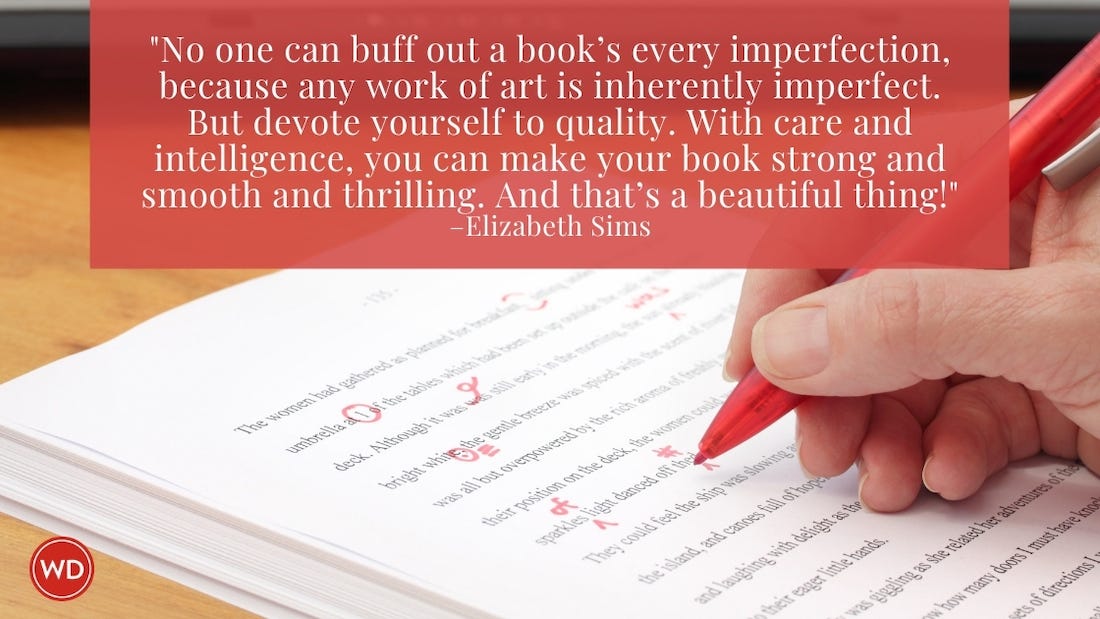The Art of the Paragraph: Descriptive Paragraphs in Fiction
Paragraph writing in fiction doesn’t follow traditional rules. In this series, we cover how to write a good paragraph by exploring different lengths and kinds of paragraphs—and when to use them. Here, learn how to write a descriptive paragraph.
Paragraph writing in fiction doesn’t follow traditional rules. Like storytelling itself, it is artistically liberated, and that liberation gives it the potential to contribute to the story’s aesthetic appeal. Paragraphs build a story segment-by-segment. They establish and adjust the pace while adding subtle texture. They convey mood and voice. They help readers visualize the characters and the way they think and act by regulating the flow of their thoughts and actions.
In this series, adapted from "The Art of the Paragraph" by Fred D. White in the January 2018 issue of Writer's Digest, we cover paragraph writing by exploring different lengths and kinds of paragraphs—and when to use each one.
How to Write a Descriptive Paragraph:
Descriptive paragraphs enable readers to slip into the story’s milieu, and as such can be relatively long if necessary. Skilled storytellers embed description within the action, setting the stage and mood while moving the story forward. Here is an example from Douglas Preston and Lincoln Child’s The Lost Island, a thriller in which the protagonists hunt for a lost ancient Greek treasure on a Caribbean island, of all places:
At midnight [Amy and Gideon] eased out of the mangrove swamp into the choppy waters of the bay. It was a dirty night, sand blowing across the water in stinging clouds, neither moon nor stars. It took another half an hour to reach the inlet, which was boiling from the storm surge—and then they were in the open sea.
The swells were suddenly terrifying great rolling beasts coming one after the other, the crests foaming white, spray and spume blown forward by the wind.
Though this passage is mostly descriptive, it’s also taking our characters from Point A to Point B.
TRY THIS:
Write two descriptive paragraphs set in a small town. In the first paragraph, describe the town in vivid sensory detail; in the second, build on that description to add an activity, such as a Founders Day celebration.
This is one of five basic kinds of paragraphs and their respective functions in fiction. Learn about each type of paragraph writing—and how to apply what you've learned—in these articles:
- SINGLE-SENTENCE PARAGRAPHS
- INFORMATIVE PARAGRAPHS
- DIALOGUE PARAGRAPHS
- MONOLOGUE PARAGRAPHS
- APPLYING PARAGRAPHING TECHNIQUES
Fred D. White is the author of The Writer’s Idea Thesaurus, Where Do You Get Your Ideas? and The Daily Writer. His latest, Writing Flash, will be published this spring.








